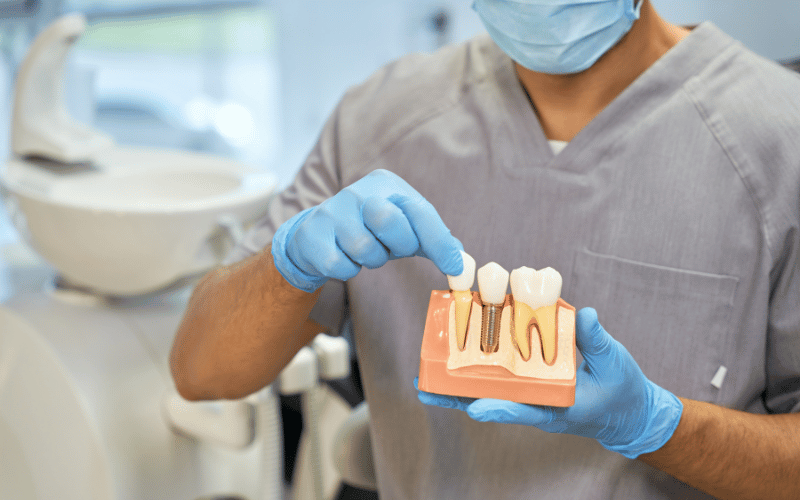Fact 3: Bruxism Can Lead to Dental Damage

While bruxism might appear as just a minor inconvenience, its potential for harm is significant. Over time, the consistent grinding and clenching can wear down the protective enamel on our teeth. This thin, outer layer is meant to safeguard our teeth against daily wear and tear, but constant grinding can erode it, leaving our teeth vulnerable.
When enamel wears down, the teeth become more susceptible to cracks and fractures. These small fissures can be gateways for bacteria, leading to cavities and other dental complications. Furthermore, intense grinding can even lead to chipping or breaking of the teeth, leading to not only cosmetic concerns but functional ones as well.
Dental damage doesn’t just stop at the teeth. As the structure of one tooth changes, it can affect the alignment of the surrounding teeth. This misalignment can result in bite problems, further exacerbating the grinding issue. It’s a vicious cycle – grinding causes damage, which in turn leads to more grinding.
With the protective enamel layer compromised, teeth become more sensitive to hot and cold stimuli. This heightened sensitivity can make everyday activities like eating and drinking a painful experience. It’s not just about the physical discomfort; it’s a constant reminder of the underlying issue.
Bruxism-induced dental damage isn’t just about the immediate repercussions. It’s a long-term concern that can escalate if not addressed promptly. Regular dental check-ups, the use of mouth guards, and therapeutic interventions can be pivotal in curbing its effects before they become irreversible. (3)